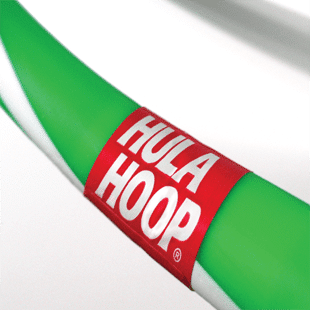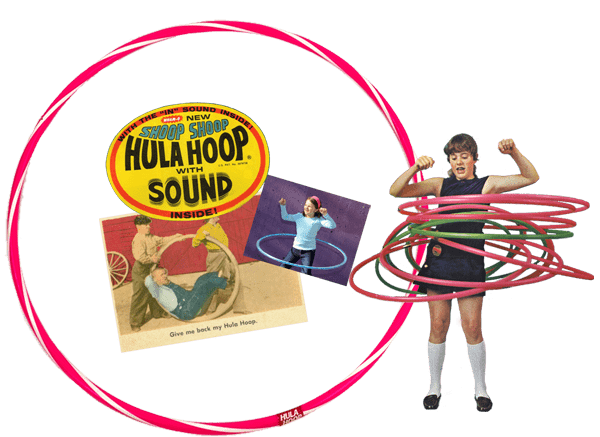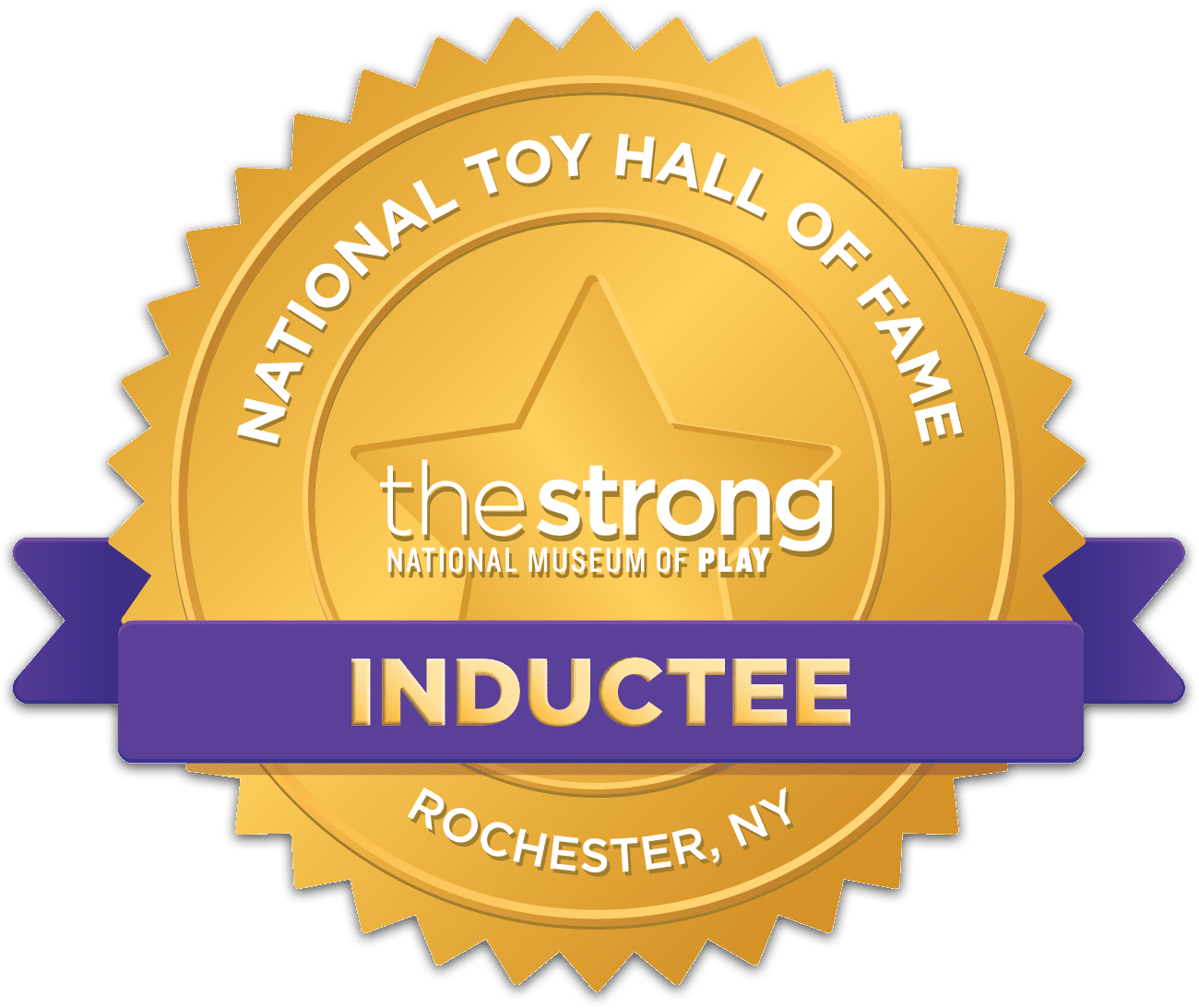
Inducted Year: 1999
Many of the greatest toys owe their success as much to marketing as to invention. Kids have been playing with hoops for centuries—rolling and spinning them with sticks, tossing them, and even swirling them around their middles. In the 1950s, Joan Anderson, on a visit home to Australia, spotted people swiveling wooden hoops around their waists and brought the concept back to the U.S. In 1957, Wham-O toy company founders Richard Knerr and Arthur “Spud” Melin put Anderson’s vision for a hoop toy into production. Within a year, Wham-O had created a hollow hoop out of Phillips Petroleum’s newly developed plastic Marlex. They named their creation “Hula Hoop” after the swivel-hipped Hawaiian dance its users seemed to imitate. Wham-O sold 25 million hoops in just two months, and sales reached $45 million in the first year. Adults bought the toys for children but usually gave the hoops a try before turning them over to the kids. Hula Hoops are not hard to master, but they favor the thin-waisted over the pear-shaped, and women over men. First attempts are always hilarious. Lively person-to-person marketing in parks, on playgrounds, and on college campuses created the biggest fad of the 1950s.

Factoyd: Japanese officials banned public Hula Hooping in the 1950s, believing it incited impropriety




